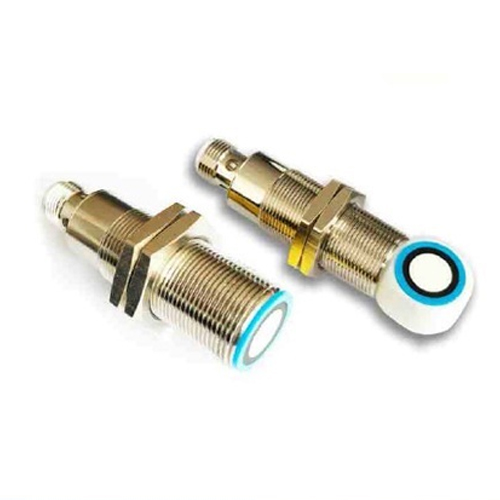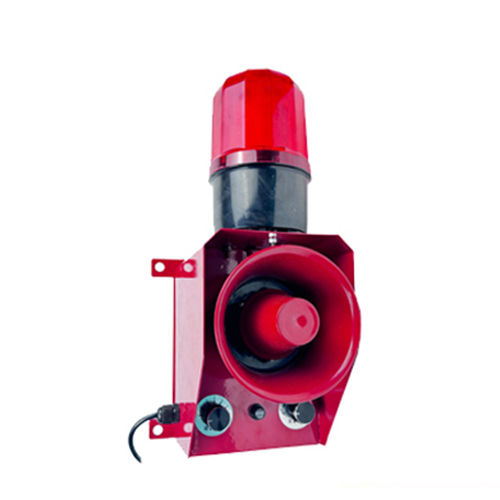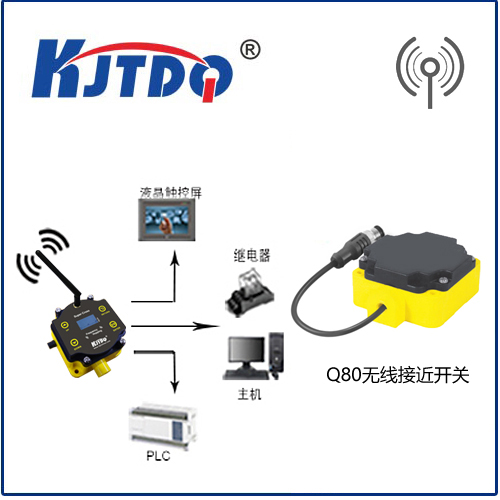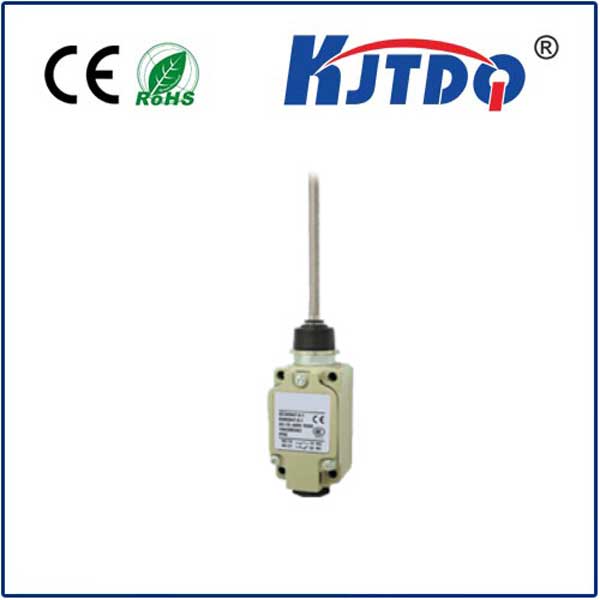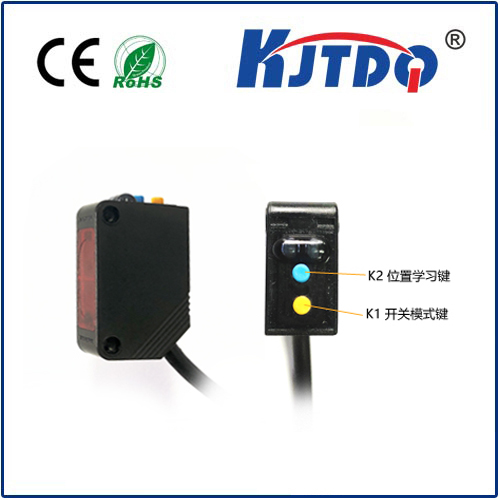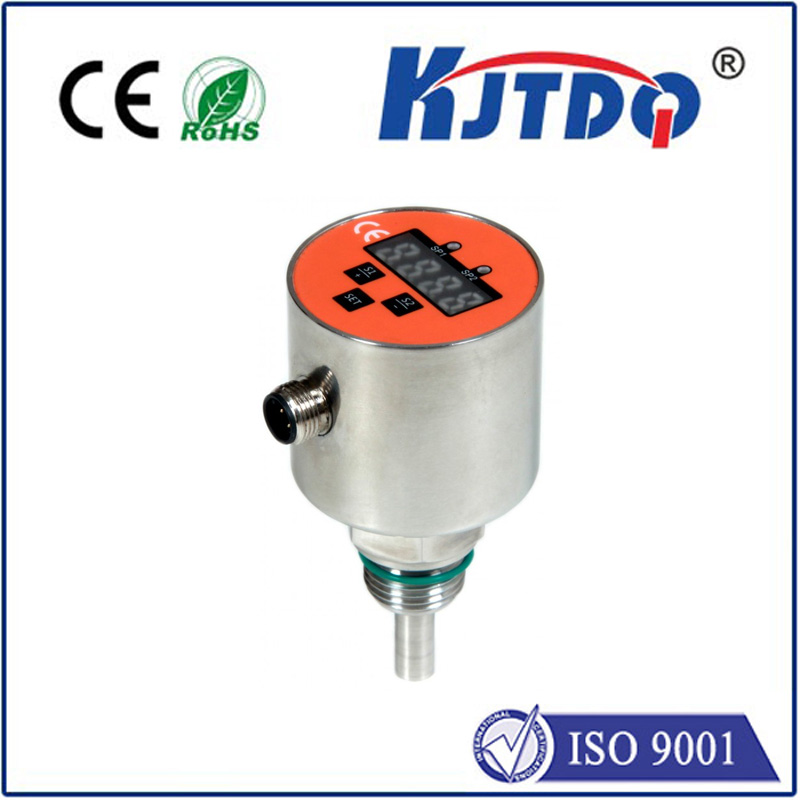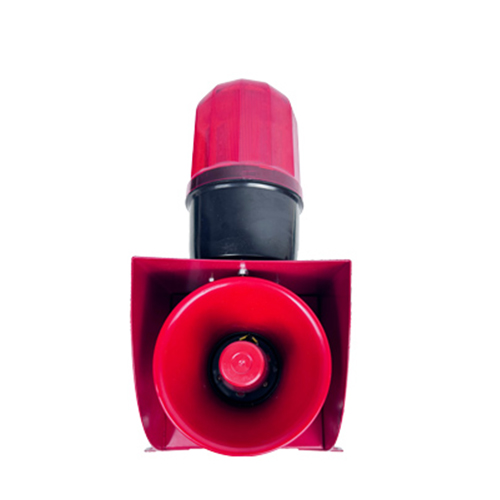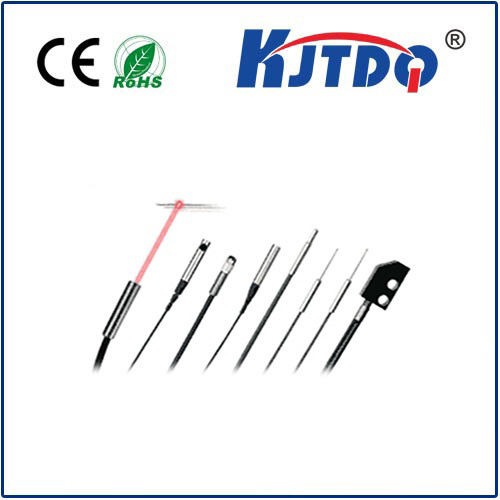E3ZM-D87 diffuse sensor with background suppression
- time:2025-09-26 00:38:59
- Click:0
Unlock Reliable Detection: Mastering the E3ZM-D87 Diffuse Sensor with Background Suppression
Imagine an automated packaging line where cartons of varying colors and surfaces stream past a sensor at high speed. Standard diffuse sensors struggle. A dark box on a dark conveyor belt might be missed, while a highly reflective stray label or even the machine frame in the background could trigger a false detection, causing chaos. This constant battle against unpredictable backgrounds and target variations is a core challenge in industrial automation. The E3ZM-D87 diffuse sensor with background suppression emerges as a powerful solution engineered specifically to conquer this exact problem, bringing unprecedented reliability to demanding proximity and presence detection tasks.
Understanding the Technology: Beyond Basic Diffuse Sensing
Traditional diffuse photoelectric sensors operate on a simple principle: the sensor’s own light source emits a beam (typically visible red or infrared). If an object is present within its range, this light reflects back to the built-in receiver. The sensor detects this reflected light and triggers an output. While effective for many applications, their major weakness is susceptibility to background interference. They are “dumb” in that they simply react to any significant amount of light returning to the receiver, regardless of whether it bounced off the intended target or something much farther away or highly reflective behind it.
This is where Background Suppression (BGS) technology, specifically the advanced implementation in the E3ZM-D87, makes a revolutionary difference. Also known as “Distance-Setting” or “Triangulation,” BGS fundamentally changes how the sensor interprets the reflected light:

- Triangulation Principle: Unlike a standard diffuse sensor where the emitter and receiver look almost straight ahead, the E3ZM-D87 uses a precise optical geometry. The emitter projects a focused light spot onto the target. The receiver lens, however, is positioned at an offset angle. This means light reflected from the target reaches the receiver at a specific point depending on exactly how far away the target is.
- Distance-Based Discrimination: The key innovation lies in the receiver’s design. Instead of one large photodiode, the E3ZM-D87 incorporates a position-sensitive detector (PSD) or a specialized receiver array. Light reflected from an object at the precisely set sensing distance focuses perfectly onto a specific point on this detector, triggering the output. Crucially, light reflected from objects beyond this set distance focuses at a different point on the detector and is ignored by the sensor’s internal evaluation circuit. Objects closer than the set point will typically also trigger, as the reflected light still hits within the active zone.
Why the E3ZM-D87 Stands Out: Key Features and Advantages
Omron’s E3ZM-D87 isn’t just any BGS sensor; it incorporates design features that maximize its effectiveness and ease of use:
- Robust Background Suppression: The core strength. It reliably ignores objects behind the target object, whether it’s a conveyor belt, machine frame, pallet, or highly reflective surface well beyond the set sensing distance. This drastically reduces false triggers.
- Exceptional Color and Surface Independence: Standard diffuse sensors can be fooled by significant changes in target color or reflectivity (shiny vs. matte). The E3ZM-D87’s BGS technology makes it far less sensitive to these variations. Whether detecting a matte black rubber stopper or a glossy white box, consistent triggering occurs at the same set distance.
- Precision Distance Setting: Users can precisely define the exact sensing point within the sensor’s specified range (~30mm to 300mm depending on specific model variant). This allows for pinpoint detection of objects at critical locations, unaffected by ambient conditions or backgrounds.
- Visible Red Beam (E3ZM-D87 Models): While infrared options exist, the standard E3ZM-D87 uses a bright visible red LED light beam. This is a major practical advantage for installation, alignment, and troubleshooting – you can see exactly where the sensor is looking and where it triggers.
- High Sensing Stability: Engineered for industrial environments, it offers excellent immunity to ambient light fluctuations and maintains stable detection even with varying environmental conditions.
- Durability and Longevity: Built to typical Omron industrial standards, featuring an IP67-rated housing for resistance to dust and water jets, ensuring reliable operation in tough plants.
- Simple Setup: Often features teach-in functionality via a button, making setting the desired sensing distance quick and intuitive – point at the target at the exact position you want detection to occur, press the button, and it’s done.
Where Does the E3ZM-D87 Diffuse Sensor Excel? Applications Galore
The unique capabilities of background suppression make the E3ZM-D87 ideal for scenarios where standard sensors falter:
- Detecting Opaque Objects on Conveyors: Especially critical when the conveyor belt color or reflectivity changes, or when objects pass over gaps, rollers, or support structures behind them. Prevents false positives from the belt or underlying structures.
- Presence Verification in Confined Spaces: When objects need detection near walls, machine guards, or other fixed backgrounds, the E3ZM-D87 ignores the background, only seeing the target object in the defined zone.
- Object Height/Dimension Verification: Detecting if a part is present at the correct height or stacked properly by setting the sensing distance precisely above the conveyor or lower stack layer. Missing parts or incorrect stacking can be reliably identified.
- Counting/Orientation Checks: Reliably detecting every object passing a point on a conveyor, even with variable colors or against potentially interfering backgrounds, enabling accurate counting. Can also differentiate object orientation if one side presents a different distance profile.
- Pallet/Package Positioning: Ensuring a pallet or large box is correctly positioned against a stop or within a loading area, ignoring the floor or structures behind the target position.
- End-of-Arm Tooling Presence: Verifying if a gripper or suction cup has successfully picked up a part at a specific standoff distance from the tool head.
- Material Handling & Logistics: Reliable detection of packages, totes, or pallets in sorting systems, AS/RS, and on automated guided vehicles (AGVs), regardless of underlying floor color or reflectivity.
The Compelling Argument: Why Choose Background Suppression?
Opting for the E3ZM-D87 over a standard diffuse sensor isn’t just about having another tool; it’s about solving persistent detection problems that cause downtime, scrap, and inefficiency. Its ability to:
- Eliminate Costly False Positives/Negatives: Drastically reduce machine stoppages and product handling errors caused by incorrect signals.
- Simplify System Design: Reduce the need for complex mechanical shielding or masking to block background interference.
- Enhance Process Reliability: Deliver consistent performance despite variations in target appearance or ambient conditions.
- Speed Up Installation and Maintenance: The visible red beam and teach function make setup, alignment, and troubleshooting significantly faster and easier.
When precise, reliable object detection at a specific distance is paramount, and background interference is a known challenge, the E3ZM-D87 diffuse sensor with background suppression transitions from being an option to becoming the essential solution. It brings sophisticated optical triangulation technology to the factory floor in a robust, easy-to-use package, unlocking new levels of automation robustness and efficiency. Its detection stability, color independence, and ability to ignore background objects make it a cornerstone sensor for engineers seeking dependable performance in complex environments.












